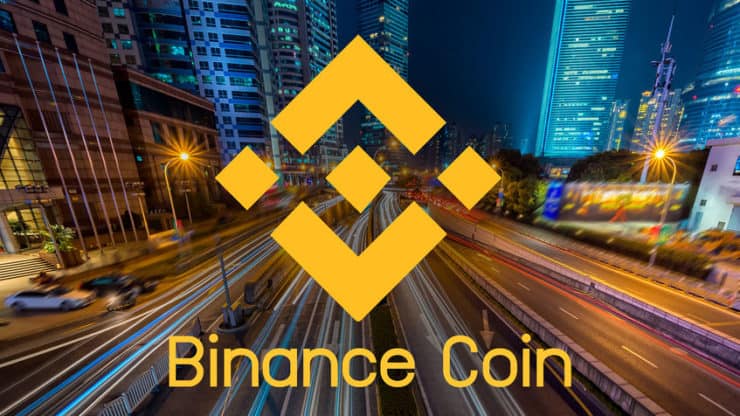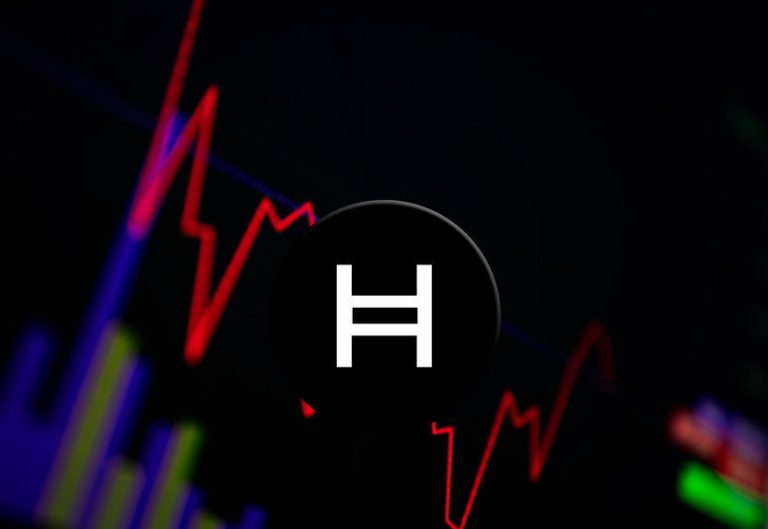Israel is facing an economic reckoning as the cost of war shifts from government borrowing to the pockets of its citizens.
This is a 40-billion-shekel ($11 billion) war bill.
Soaring taxes and rising living costs are testing the resilience of households across the nation.
Defence spending has surged by 65%, while austerity measures, including tax hikes and frozen public-sector salaries, leave families struggling to make ends meet.
Financial pressures are increasing for both government and citizens and many Israelis are questioning how much longer they can sustain the burden of a war economy.
What is the cost of Israel’s security?
The ongoing conflict with Hamas and Hezbollah has forced Israel’s fiscal priorities to change.
The defense budget for 2025 is estimated at 107 billion shekels, a 65% increase from pre-war levels.
Over the next decade, defense spending is expected to rise by an annual minimum of 20 billion shekels, equivalent to 1% of GDP.
This commitment stems from the government’s “Never Again” policy, aimed at ensuring national security at all costs.
These expenditures are being funded through a combination of tax hikes and spending cuts.
The government has introduced a 1% VAT increase and frozen public-sector salaries.
Income tax bands and state allowances will remain unadjusted for inflation, which currently stands at 3.4%, above the central bank’s target.
Property taxes have also gone up. Analysts predict these measures will help reduce the 2025 budget deficit to 4.5% of GDP, down from 7.7% in 2024.
Israeli households feeling the squeeze
The financial squeeze is being felt across Israeli society. For an average household, annual expenses are expected to rise by 17,000 shekels, according to estimates by local media.
Food, water, and electricity bills have all increased, putting additional pressure on families already struggling with rising mortgage payments and business loans due to high interest rates.
Many Israelis, especially the middle class, are turning to family support or charities for help.
Pa’amonim, a non-profit organization assisting households with budgeting, has seen requests for help double in recent weeks.
These pressures are not only financial but also psychological, with many questioning the government’s spending priorities.
Too late for cost-of-living reforms?
The government is attempting to address the cost-of-living crisis through reforms aimed at reducing prices.
One major initiative involves aligning Israeli standards with European regulations to lower import costs.
These reforms are expected to save importers between 7% and 16% on a wide range of goods, from electronics to food and cosmetics.
However, the effectiveness of these reforms remains uncertain.
Israel’s consumer markets are dominated by a handful of large conglomerates, such as Diplomat and Schestowitz, which control distribution for many international brands.
These monopolistic structures make it difficult for smaller importers to compete, raising doubts about whether cost savings will be passed on to consumers.
Parallel import reforms, designed to encourage competition by removing barriers for smaller businesses, offer some hope.
For example, toothpaste imported from lower-cost countries like Romania can now be sold in Israel without interference from exclusive franchise holders.
Yet, the scale of these changes may not be enough to break the hold of major players in the market.
Economic stagnation and “brain drain”
Israel’s economy is valued at $525 billion but that is expected to decrease in the coming years.
GDP growth in 2024 was just 0.4%, making Israel one of the slowest-growing developed economies. Construction and tourism remain depressed, while labor shortages persist due to military reserve call-ups.
While a modest rebound is expected in 2025, austerity measures are likely to cap growth potential.
A more alarming trend is the increasing emigration of skilled workers. Over the past two years, the number of Israelis leaving the country has doubled, with many citing economic instability and political uncertainty.
This “brain drain” includes doctors, scientists, and other highly skilled professionals who are critical to Israel’s economic future.
Israel: a nation divided?
The economic crisis is amplifying existing social and political divides.
While most Israelis agree that increased defense spending is necessary for national security, the economic sacrifices are taking a toll on public trust.
Criticism is mounting over the government’s reluctance to cut politically motivated handouts or streamline its 30+ ministries.
These decisions, seen as protecting the coalition’s voter base, are deepening divisions in an already polarized society.
One particularly contentious issue is the exemption of ultra-Orthodox men from military service.
Calls to end this policy are growing, but any move in this direction risks political backlash.
Resolving this debate is crucial for fostering a sense of shared responsibility and reducing societal fractures.
Is there a correct way forward?
Israel’s economic future depends on decisive and equitable policy measures.
To prevent further brain drain, the government must ensure that its austerity measures do not disproportionately burden the middle class.
Furthermore, addressing monopolies in consumer markets is critical to easing cost-of-living pressures and rebuilding public trust.
While defense spending is unlikely to decrease, Israel can take steps to optimize its budget by cutting inefficiencies and focusing on growth-oriented reforms.
Encouraging investment in high-tech and other key sectors could offset some of the economic drag caused by austerity.
Additionally, policies to retain skilled workers, such as tax incentives and improved public services, could help mitigate the emigration trend.
The post Can Israel afford its rising war costs or will its citizens bear the burden? appeared first on Invezz










